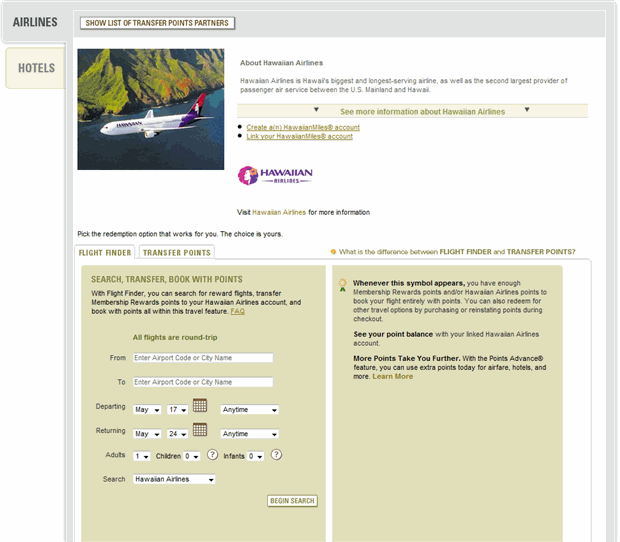Post Office MasterCard UK
Summary: The UK’s Post Office MasterCard offers many benefits that will save new cardholders a great deal of money on interest.
Benefits and Features: New card members of the Post Office MasterCard receive and introductory APR of 0% on balance transfers for 12 months, 0% on purchases for the first 3 months and 0% on other balance transfers for 5 months again and again for the 2 and 3 years of membership.
Cardholders also save money with no annual fee, 0% commission on purchases made overseas, and no cash advance fee when purchasing Post Office travel money. This means that if you use your Post Office Credit Card to purchase your currency, you will not be charged the usual cash advance fee that would be charged if you used an alternate card to purchase Post Office travel money.
Free purchase protection is included to protect your purchases against loss, damage or theft A 24/7 helpline and online account management is also included with membership. You can also add up to 3 cardholders to your account free as well.
Conclusion: The Post Office MasterCard can potentially save cardholders a large amount of money with the benefits that are offered. The option to transfer additional balances on the second and third years of card membership is not a common benefit that is included with most credit cards and that’s in addition to the 0% offer for purchases and the initial balance transfer for 12 months. This card would be ideal for anyone that needs to transfer higher interest balances and is looking for a sufficient amount of time to pay them off as well.
 The Lukoil Credit Card is designed for those who use Lukoil as their main gasoline station when they fill up their tank with gasoline. Let’s take a closer look at this card.
The Lukoil Credit Card is designed for those who use Lukoil as their main gasoline station when they fill up their tank with gasoline. Let’s take a closer look at this card.












